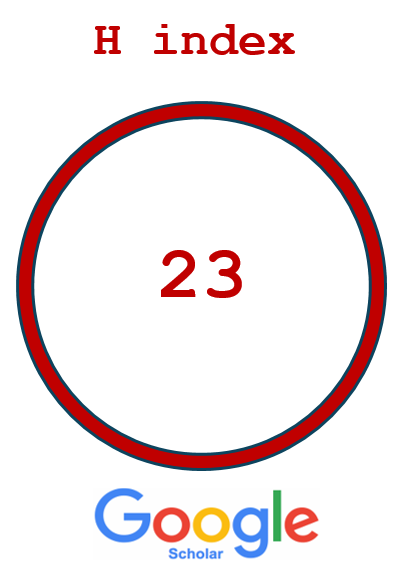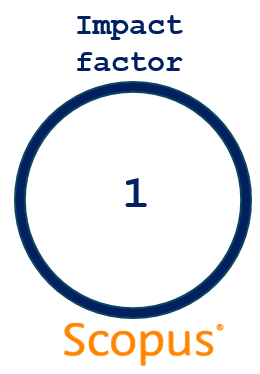ACTA Pharmaceutica Sciencia
2019 , Vol 57 , Num 3
Flax Seed Mucilage-chitosan Polyelectrolyte Complex Nanoparticles: Optimization, Characterization and Evaluation
1 Guru Jambheshwar University of Science and Technology, Department of Pharmaceutical Sciences Hisar, IndiaDOI : 10.23893/1307-2080.APS.05716 Viewed : 18358 - Downloaded : 7759 The aim of this study is to prepare flaxseed mucilage (FSM) and chitosan polyelectrolyte complex (PEC) nanoparticles by ionic gelation method for developing sustained release formulation. For the formation of PEC nanoparticles, the water extract of flax seed is obtained by soaking the seeds in water overnight followed by precipitation with ethanol and washing with distilled water.FSM was interacted with fully protonated chitosan (in acetic acid 2% v/v) using Isonicotinylhydrazide (INH) as a model drug. The results of optimization study reveals that lower level of chitosan and flaxseed mucilage favors the lowest particle size.The optimum quantum of FSM and chitosan were found to be 0.011% (w/v) and 0.011% (w/v) respectively, that produced nanometric particles of size 326 nm with poly-dispersity index (PdI) of 0.217.The in vitro release profile of INH from the optimized batch was determined using the dialysis sac and it was found that INH get released over a prolonged period of 20 hours following Higuchi"s square root release kinetics with the combination of diffusion and erosion of matrix as release mechanism. It can be concluded from the present study that interaction between chitosan and FSM can be used for the formation of PEC nanoparticles and for developing sustained release formulation. Keywords : Flaxseed, chitosan, polyelectrolyte, complex, nanoparticles





